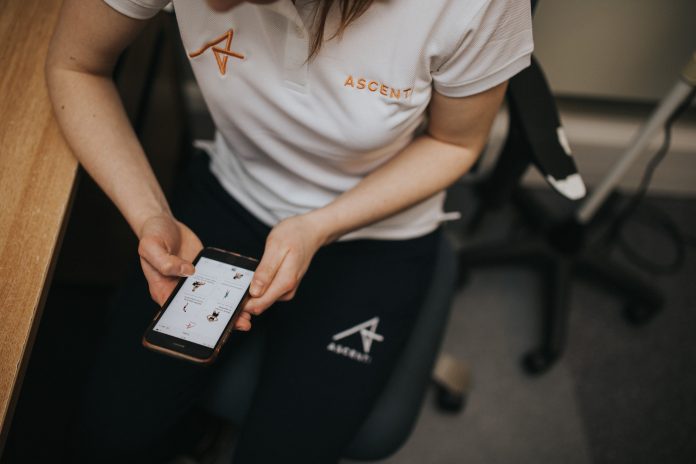Digital physiotherapy is just as effective as, and in some cases more effective than, in-person treatment, according to research published physiotherapy group Ascenti.
A new study of 27,000 virtual physiotherapy patients concluded that digital physiotherapy must become a significant part of the treatment method post Covid-19.
The Investigating the Effectiveness of Virtual Physiotherapy report includes data on patients’ openness to virtual treatment, pain improvements on a 10-point Numerical Rating Scale (NRS) and satisfaction with outcomes.
The report found that, due to the closure of Ascenti’s clinics during the Covid-19 lockdown, 81% of patients agreed to have virtual sessions and continued with them beyond their first appointment.
Survey data also showed that 92% of patients who were treated virtually were satisfied with its effectiveness and 77% would be ‘extremely likely’ to recommend the service to friends and family.
While this is slightly lower than the results for face-to-face treatment, which were 97% and 81% respectively, it is likely that the gap will close further as trust in virtual physiotherapy increases.
The most successful results were achieved when patients accessed integrated care, combining a mixture of digital and in-person treatment, suggesting that this approach could represent the future for the industry.
‘The results of this study – potentially the world’s largest study of virtual physiotherapy conducted so far – clearly demonstrate that patients who access digital support to help them with MSK injuries can achieve excellent results,’ said Adam Jarvis, chief operating officer of Ascenti.
‘Perhaps the central lesson to be learned from this research is that physiotherapy treatment must be built around the needs of the patient,’ Jarvis continued. ‘To achieve this, healthcare providers must become adept at offering the right treatment at the right time, to the right patient and through the right clinician in order to achieve the highest levels of engagement and the best outcomes.’








 ©2024 All rights reserved LaingBuisson
©2024 All rights reserved LaingBuisson 


